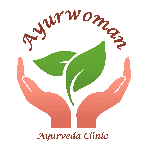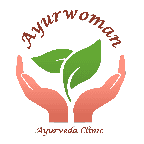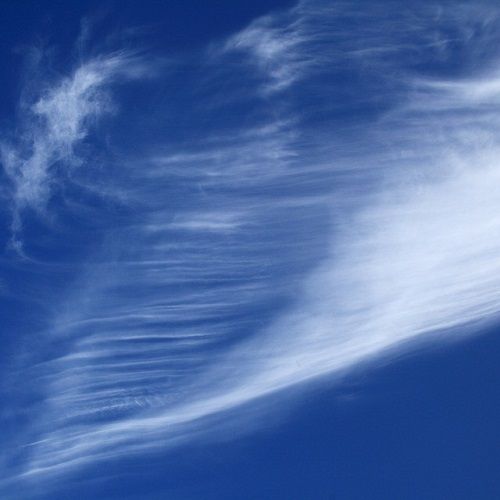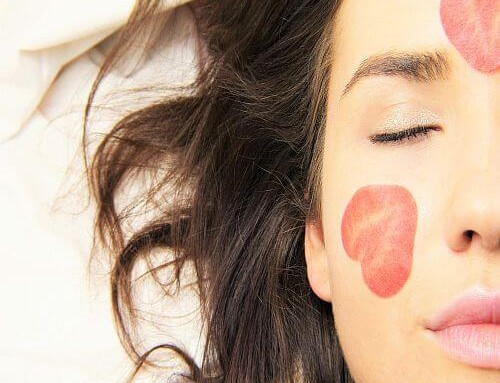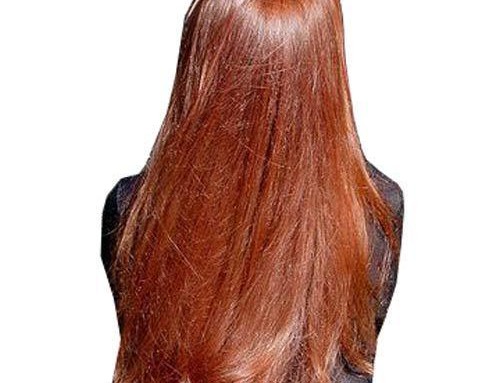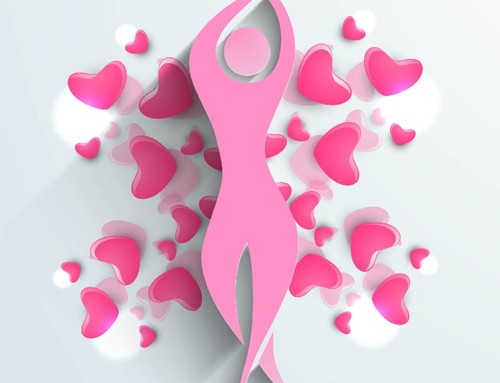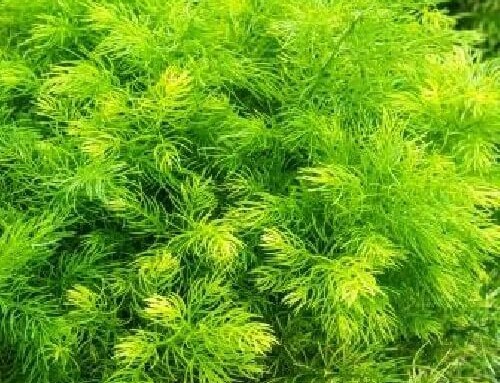Vata Dosha
Dosha is a physiological system or a pattern that governs specific functions of the body. There are three types of doshas described in Ayurveda which are the Vata dosha, the Pitta Dosha, and the Kapha Dosha.
To get a big picture view of doshas and how they form the foundation of Ayurveda, kindly follow this link Ayurvedic Body Types.
Here, we try to go into a bit of detail about Vata dosha.
Vata – the Master Dosha
Vata is the most important of the three doshas. Vata is the master dosha as it is more potent than the other two doshas. Vata is formed of Vayu (which can loosely be explained as kinetic energy) and Akash(space). It is the reason for all kinds of physical actions, transportation, movement, etc. happening inside the human body.
Qualities of Vata
The attributes discussed here are in the sequence of their importance, for example, dryness is the most defining quality of Vata, next comes the coolness and so on. In total, sages have defined seven qualities of Vata. Following is an attempt to define and describe them using closest possible English language explanations.
Dryness or Ruksha
This is the first quality of Vata. It creates dryness in the body. Therefore, any state of dryness in the body, whether metabolic or pathological, is caused due to Vata. For example – A Vata Prakruti person will typically have dry skin. Also, rashes, dry and without any pus, are an indication of Vata vitiation.
Coldness or Sheeta
Coolness is another salient feature of Vata. Vata can produce heat by movement, but it is not its innate quality. Its natural quality is to absorb heat and create movement and coolness.
As an analogy, we can say that the steam engine makes the turbine works, which finally makes the train move.
Lightness or Laghu
Vata, as born of space and energy, is light. It creates lightness in the body. The lightness here means that it enhances the amount of space and energy. Healthy burping after a hearty meal is an expression of lightness through ejection. On the other hand, even bloating can be the expression of this quality!
Subtlety or Sukshma
Both the mother elements, space, and energy, provide this quality to Vata. It can also be explained as microscopically acting. According to sage Charaka, it is all pervasive, and no place in the body is devoid of its activity.
Mobility or Chala
Vata dosha is the only dosha which has the function of mobility. In fact, the other doshas gain their mobility through Vata. All physical activities of the body, whether it be the movement of the eyelid(voluntary) to the passage of the food through the intestine (involuntary), are governed by Vata.
Clarity / Non-Viscous state or Vishad
Vata does not support solidity or lumpiness. Vata is like the gas form, freely moving and with a low level of bonding.
Roughness or Khara
Vata, as a natural outcome of its other qualities, causes roughness.
The attributes or traits mentioned above may explain presence or functioning of Vata in the body. As an example, using the Chala attribute mentioned above, one can say that if a person is more mobile (or active), they may have a Vata dominant characteristic in them. Or, someone who has a dryer skin may have a stronger Vata composition in their body as compared to someone with a softer or oily skin.
A note of caution that the above attributes are not to be used in isolation in identifying one’s dosha composition. While it could be a good academic exercise to learn your dosha composition, always consult your ayurvedic practitioner to get an accurate dosha analysis.
Abode of Vata
Next step is to understand the organs or areas of our body where Vata exist.
Vata is prevalent all over our body. However, there are certain specific places in the body which can be called abode of Vata. Vata is especially prominent in these body parts and is the main reason for diseases related to these respective organs.
The places of Vata prominence in the body are:
- Urinary bladder
- Rectum
- Pelvic region
- Thighs
- Legs
- Bones
The rectum is the most important of all the other Vata prominent places.
The functions of Vata are also mostly related to these places.
Functions of Vata
Primarily, Vata controls the neurological functions of the body. Anything that is functional through direct or indirect contact of nerves is a function of Vata. Hence, according to the traditional text (Charaka Samhita), the attributes of Vata are as follows:
- Vata dosha controls all physical activities in the body
- Vata is the initiator of speech
- This very same dosha controls the mind
- Intangible characteristics such as imagination, creativity, happiness, and enthusiasm are the factors governed by Vata
- Vata does the coordination between the brain and the sense organs.
- Vata also coordinates between the mind and the motor responses of the body
- It controls and transports other Doshas, namely Pitta and Kapha. When vitiated, it even displaces the Pitta and Kapha doshas respectively and causes abnormality in their functions
- It is the primary factor behind the movements through the channels of the body. It moves the blood through blood vessels. It maintains the peristaltic action in the alimentary canal. And final evacuation of the solid and liquid waste is also the function of Vata
Why and how may Vata get out of synch?
We know that in a healthy human body, all three doshas are in a sort of harmony. They are in a synchronised or a balanced state.
In an oversimplified explanation, whenever a dosha goes out of balance or gets aggravated, diseases related to those doshas come out as diseases or symptoms. And Ayurveda achieves a cure in such situations by calming the respective inflamed dosha using ayurvedic medicines, food and lifestyle changes.
There can be numerous reasons for a dosha to get deranged. They may be due to lifestyle factors, food consumption habits or specific human habits.
Following are some reasons that may cause Vata to aggravate
- Habitual consumption of Vata enhancing foods
- Excess of physical exertion
- Excessive sexual activity
- Grief, sadness, anxiety, depression
- Skipping meals or suppressing hunger
- Lack of sleep and rest
- Constant travel,
- Forcefully controlling natural urges like excretion, urination, burping, hiccups, etc.
All of the above factors cause Vata to get destabilized and initiates an environment in the body conducive to disease.
Abnormal Functions Of Vitiated Vata
Vata is the crucial factor for any disease to spread in the body. Without Vata’s vitiation, the other two doshas cannot spread beyond their sites. Aforementioned is another attribute of Vata which makes it the most powerful and the most notorious of all the three doshas.
By its power, Vata alone can cause 80 types of disease conditions, whereas pitta causes 40 and Kapha causes 20 kinds of physiological malfunctions.
Thus, a vitiated Vata dosha is the root cause of the following disease or symptoms.
- Cracking of the nails or Nakhabheda
- Cracking of the feet or Vipadika
- Pain in the feet or Padasula
- Unstable gait or Padabhramsha
- Numbness in the feet or Pada suptata
- Clubfoot or Vatakhuddata
- Ankle stiffness or Gulpha graha
- Cramps in the calf muscles or Pindikodveshtana
- Sciatica or Gridhrasi
- Bow-leggedness or Janubheda
- Knock Knee (Genu valgum) or Januvishlesha
- Stiffness in the thighs or Urustambha
- Pain in the thighs or Urusada
- Paraplegia or Pangulya
- Rectal prolapse or Gudabhramsha
- Tenesmus or Gudarthi
- Pain in scrotum or Vrishanakshepa
- Stiffness of thigh or Shephastambha
- Tension of groin or Vankshananaha
- Pain around the pelvic girdle or Shroni bheda
- Diarrhea or Vid bheda
- Mis peristalsis or Udavarta
- Abnormal gait or Khanjata
- Kyphosis or Kubjatva
- Dwarfism or Vamanatva
- Arthritis of sacroiliac joint or Trika-graha
- Stiffness of back or Prishta-graha
- Pleuritic pain or Parshva marda
- Abdominal cramp or Udaraveshta
- Palpitation Hrinmoha & Hridrava
- Rubbing pain in the chest or Vaksha uddharsha
- Stiffness of Thoracic cavity or Vaksha uparobdha
- Pain in the jaws or Hanu bheda
- Cracks and pain in the lips or Osthabheda
- Pain in the eyes or Akshi Bheda
- Toothache or Dantha bheda
- Looseness of teeth or Danthasaithilya
- Aphasia or Mukatva
- Stammering or Vak-sanga
- Astringent taste in mouth Kashayasyata
- Dryness of mouth or Mukha shosha
- Ageusia – Loss of sense of taste or Arasajnata
- Anosmia – loss of sense of smell or Ghraana naasha
- Earache or Karnashula
- Tinnitus or Ashabda shravana
- Difficulty in hearing or Ucchai shruti
- Deafness or Badhirya
- Entropion or Vartma samkocha
- Ptosis of eye lid or Vartma sthambha
- Amausosis or Timira
- Pinching pain in eye or Akshi shula
- Ptosis of eyeball or Akshi vyudasa
- Ptosis of eyebrow or Bhru vyudasa
- Pain in temporal region or Shanka bheda
- Frontal headache or Lalaata bheda
- Headache or Shiroruk
- Dandruff or Kesha bhumir sphutana
- Facial paralysis or Ardita
- Monoplegia or Ekangaroga
- Paralysis, Polyplegia or Sarvanga roga
- Hemiplegia or Paksha Vaatha
- Convulsions or Akshepaka
- Tonic spasms or Dandaka
- Fainting or Tama
- Vertigo, Giddiness or Bhrama
- Tremor or Vepatha
- Yawning or Jrimbha
- Hiccup or Hikka
- Depression or Vishada
- Delirium, irrelevant speech or Atripralapa
- Dryness or Raukshya
- Roughness or Parushya
- Discoloration, dusky red appearance or Shyavaruna Bhasata
- Insomnia or Aswapna
- Unstable mind or Anvasthitha Chithathva
- Stabbing pain in chest or Vaksha thoda
- Atrophy of arm or Baahu shosha
- Stiff neck or Grivasthamba
- Torticollis or Manyasthamba
- Hoarseness of voice or Kanthodhvamsa
What is your Dosha Type?
The intention of this article was to introduce the concept of Vata dosha, its attributes, diseases and symptoms that may be triggered when Vata dosha is out of synch or when aggravated. Understanding your dosha type and classifying each symptom or illness to respective dosha is not a DIY activity. Kindly consult your Ayurvedic practitioner if you wish to know more about Vata dosha or your dosha composition.
